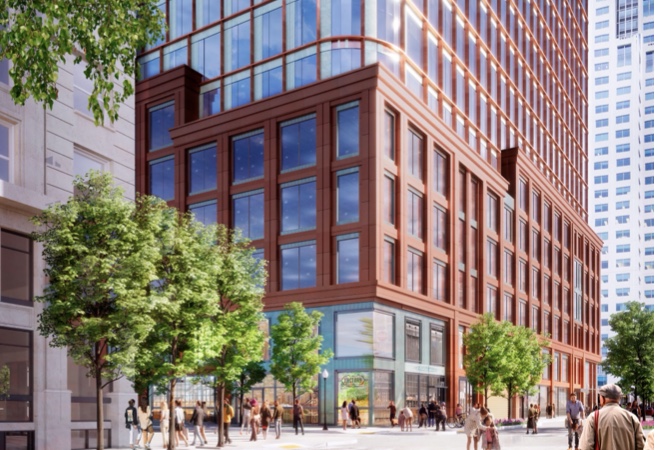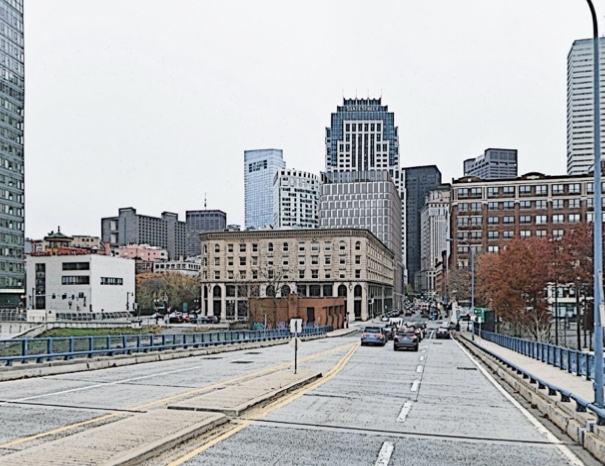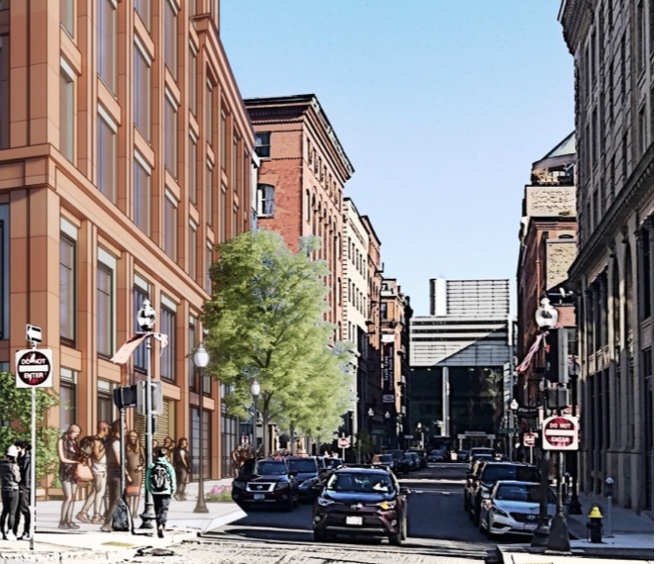dshoost88
Senior Member
- Joined
- Apr 14, 2008
- Messages
- 2,168
- Reaction score
- 2,589
I think given the truths of 2020 and the inherent options/needs that can be addressed by real estate developers, this is a completely practical, justified, and satisfactory project. Before this project gets any more diatribes from the tall building fetishists among us, lets look at the facts:
- This project change wasn't about height--it was about use. The profile of the building has changed from office space to R&D space (see screengrab below).
- Demand for Class A Office Space will, unfortunately, continue to decline. By some of my early estimates, at least as many as a quarter to a third of white collar employees may transition to teleworking permanently.
- Thanks largely to Metro Boston's emergence as a global life sciences hub, an unprecedented amount of capital continues to flood into research and development for our Bio-Pharma, Life Sciences, and specialized manufacturing employers. There is momentum for them to grow, and the space they demand is more specialized (i.e. more costly per square foot) than a traditional office building.
- Despite our bevy of life sciences employers that are growing, there is a dearth of real estate opportunities for them to grow at the moment. Developments like this one (and the dozens of other R&D spaces queued up in the development timeline around the region) will close that gap. It's the most economical path forward.
Boston's strength is at the street level, and this is especially important near our transit hubs. This development as presented is an improvement. It's a handsome building. It's a timely use, and one that will probably command high rent given its proximity to so much transit (I don't know that there's a comparably-sized R&D building in Boston's Downtown, Leather District, or otherwise... not until you cross the Fort Point Channel). This is good.














